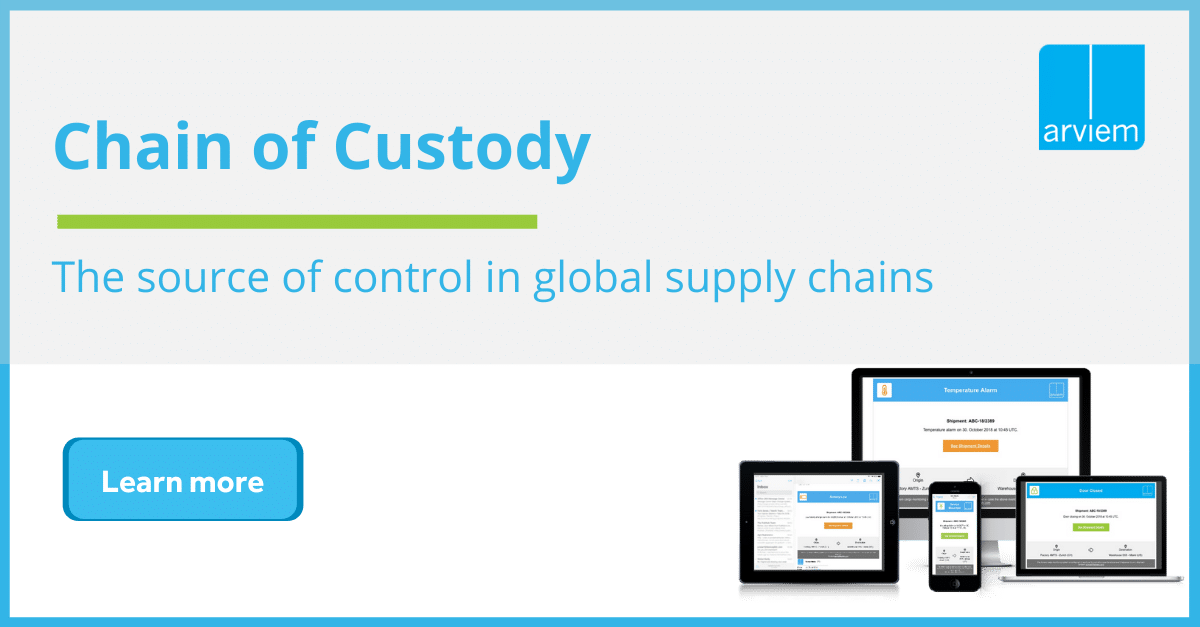In an era of increasing supply chain complexity and global disruptions, cargo theft remains one of the most persistent and costly risks in logistics. Criminals are adapting faster than ever, using sophisticated tactics to exploit vulnerabilities across the transportation network.
But in 2025, there’s a powerful shift underway. Thanks to advancements in real-time cargo monitoring, logistics professionals now have the tools to detect, prevent, and respond to threats before they escalate.
Growing Threat of Cargo Theft in the U.S.
Supply chains in the United States are facing a surge in cargo theft:
-
3,625 reported cargo theft incidents across the U.S. and Canada in 2024, a 27% increase from 2023
Source – Verisk CargoNet -
Total estimated losses hit $454.9 million in 2024, up from $331.9 million in 2023
Source – Risk & Insurance -
The average value per theft rose to $202,364, compared to $187,895 in 2023
Source – Verisk CargoNet -
In Q1 2024 alone, there were 925 incidents, a 46% year-over-year increase
Source – AP News -
Some estimates suggest total real losses exceeded $1 billion, considering unreported and indirect losses
Source – NY Post
High-risk hotspots include California, Texas, Illinois, Georgia, and the tri-state New York/New Jersey region. Criminal networks are increasingly using identity theft and fictitious pickups to impersonate carriers and redirect shipments. This surge in cargo crime reveals the critical flaws in traditional security approaches—and the urgent need for real-time visibility and control.
What is Real-Time Cargo Monitoring?
Real-time monitoring uses IoT-enabled sensors attached to containers, trucks, or pallets to continuously transmit data. These smart devices provide real-time insights into:
-
GPS location
-
Door open/close activity
-
Shock, tilt, and impact
-
Light exposure
-
Temperature and humidity
This data is analyzed and visualized on digital platforms like Arviem’s cargo monitoring solution, which enables 24/7 shipment visibility, predictive alerts, and fast response in case of anomalies.
How Real-Time Monitoring Prevents Cargo Theft
Here’s how companies are using this technology to prevent theft rather than react to it:
1. Instant Alerts for Unauthorized Access (detecting door opening and light intrusion)
If a shipment is opened in a non-designated area or time window, the system sends real-time alerts to stakeholders.
Example: A container of medical devices is opened at an unauthorized stop near Houston. Within seconds, Arviem’s platform notifies the control center, allowing the shipper to contact law enforcement immediately.
2. Route Deviation Monitoring
Real-time GPS tracking ensures that if a truck or container goes off its approved route, stakeholders are notified instantly.
3. Tampering and Theft Detection
Shock or tilt sensors detect forceful movements, attempted break-ins, or mishandling—common tactics in cargo theft attempts.
4. Reduced Idle Time Risk
Cargo that sits too long in unsecured yards is a major theft risk. Real-time alerts help reduce idle time and improve security response.
The Role of Container Security Devices in Theft Prevention
While real-time visibility is critical, it’s equally important to physically secure containers to deter and delay theft attempts. This is where container security devices come into play—such as electronic seals, smart locks, and tamper-evident systems.
These tools add a vital layer of protection, ensuring that any unauthorized attempt to access cargo is not only detected but also physically resisted. When combined with live monitoring, they create a comprehensive, end-to-end security solution.
🔗 Learn more about the tools available to secure and monitor containers during transit in Arviem’s full guide:
👉 Container Security Devices – The Tools to Securing and Monitoring Shipping Containers During Transportation
Whether your cargo moves by sea, rail, or road, integrating smart container locks and sensors into your logistics workflow dramatically improves response time and recovery rates.
The Business Impact: From Loss Prevention to Customer Trust
Companies investing in real-time cargo monitoring report benefits far beyond theft reduction:
-
40–60% lower theft losses
-
Improved on-time delivery performance
-
Fewer insurance claims and potentially lower premiums
-
Higher customer satisfaction due to real-time visibility
It’s not just about loss prevention—it’s about supply chain intelligence, resilience, and trust.
Why 2025 Is the Turning Point
A convergence of trends is making this the year cargo monitoring goes mainstream:
-
IoT sensors are cheaper and more reliable
-
5G connectivity enables faster data transmission
-
AI-based analytics can detect patterns and predict risks
-
Global cargo crime networks are growing in scale and sophistication
“It’s not just about tracking anymore—it’s about proactive risk prevention and end-to-end shipment control.”
Conclusion: Secure Your Supply Chain Now
As cargo theft becomes more frequent, organized, and costly, companies can no longer rely on outdated, reactive methods.
Real-time cargo monitoring empowers logistics teams to stay a step ahead—minimizing risk, improving efficiency, and delivering peace of mind.



